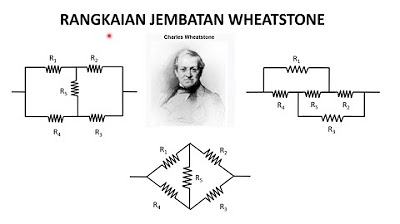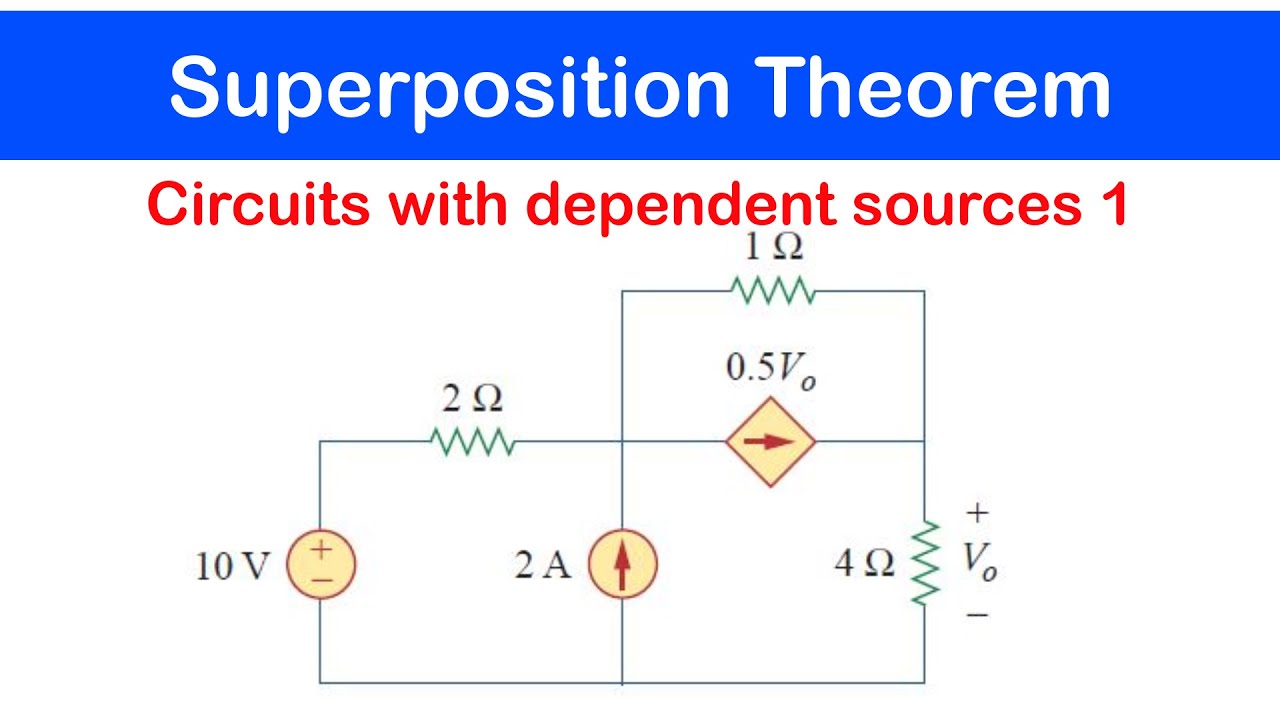Quantum Computing: Classical Circuit To Quantum Circuit
Summary
TLDRThis video explores the transformation of a classical circuit into a quantum circuit. It begins by discussing a classical function and its representation as a circuit, highlighting the challenge of making classical circuits reversible for quantum compatibility. The video addresses the non-reversibility of AND gates and introduces a universal set of reversible gates, including the Controlled-Swap (C-SWAP) gate. It then details the process of eliminating 'junk' from the circuit using controlled NOT (CNOT) gates and shows how to modify the classical circuit for quantum processing. Ultimately, it provides a framework for creating a quantum circuit from a classical reversible circuit.
Takeaways
- 😀 Classical functions can be represented by classical circuits, but converting them to quantum circuits requires addressing reversibility issues.
- 😀 Quantum circuits must be reversible to comply with quantum mechanics principles, while classical circuits are not inherently reversible.
- 😀 A universal set of classical gates, such as AND and NOT gates, is used to construct classical circuits, but NOT gates are inherently reversible, while AND gates are not.
- 😀 The NOT gate in classical circuits is reversible, meaning applying it twice returns the original input.
- 😀 The AND gate is not reversible because the output does not uniquely determine the input combination in some cases.
- 😀 To make the AND gate reversible, a Controlled-Swap (C-SWAP) gate is introduced, which uses three inputs: x, y, and z.
- 😀 The C-SWAP gate swaps the values of y and z when x equals 1, and otherwise, it outputs the values in the order of x, y, and z.
- 😀 A reversible AND gate is created using the C-SWAP gate by setting z equal to 0, producing outputs that mimic the AND gate's behavior.
- 😀 The classical reversible circuit for function f (R_f) can be constructed using reversible NOT and C-SWAP gates, but 'junk' outputs need to be addressed for quantum conversion.
- 😀 The 'junk' in reversible classical circuits can cause interference when converted to a quantum circuit, leading to incorrect results, requiring its elimination in the redesign process.
Q & A
What is the main focus of the video script?
-The video script focuses on transforming a classical circuit into its quantum counterpart, addressing the challenges of reversibility in classical circuits and their adaptation for quantum computing.
Why is it important for quantum circuits to be reversible?
-Quantum circuits must be reversible to comply with the principles of quantum mechanics, which require that the information in quantum systems can be preserved without loss during computation.
What problem arises when trying to convert a classical circuit into a quantum circuit?
-The main challenge is that classical circuits are not inherently reversible, while quantum circuits must be, requiring a transformation of the classical circuit to ensure reversibility.
What are the two gates in the universal set of classical gates discussed in the script?
-The universal set of classical gates discussed includes the AND and NOT gates.
Why is the classical AND gate not reversible?
-The AND gate is not reversible because its output can result from multiple input combinations, making it impossible to uniquely determine the original inputs based solely on the output.
How does the Controlled-Swap (C-SWAP) gate help in creating a reversible AND gate?
-The C-SWAP gate is used to create a reversible AND gate by setting one of its inputs to zero and manipulating the outputs in such a way that the third output mimics the behavior of the AND operation.
What is the role of the 'junk' output in the classical reversible circuit?
-'Junk' refers to additional outputs that do not directly contribute to the function's desired result, and when converted to a quantum circuit, it can lead to unintended entanglement, causing incorrect outputs or interference.
How is the 'junk' eliminated in the redesign process?
-The 'junk' is eliminated by feeding the output of the classical circuit into its inverse, effectively reverting to the original input and removing the 'junk.'
What is the significance of introducing controlled NOT (CNOT) gates in the process?
-The controlled NOT gates are introduced to preserve the value of f(x) while eliminating 'junk.' These gates enable the correct output of f(x) to be XORed with the control bit y, ensuring the quantum circuit functions correctly.
What does the quantum circuit Q_f output, based on the process described?
-The quantum circuit Q_f produces the output |x⟩, |f(x)⊕y⟩, and a series of zeros, focusing on the primary quantum components and omitting the zeros for simplicity.
Outlines

Cette section est réservée aux utilisateurs payants. Améliorez votre compte pour accéder à cette section.
Améliorer maintenantMindmap

Cette section est réservée aux utilisateurs payants. Améliorez votre compte pour accéder à cette section.
Améliorer maintenantKeywords

Cette section est réservée aux utilisateurs payants. Améliorez votre compte pour accéder à cette section.
Améliorer maintenantHighlights

Cette section est réservée aux utilisateurs payants. Améliorez votre compte pour accéder à cette section.
Améliorer maintenantTranscripts

Cette section est réservée aux utilisateurs payants. Améliorez votre compte pour accéder à cette section.
Améliorer maintenantVoir Plus de Vidéos Connexes

mod01lec09 - Quantum Gates and Circuits - Part 2

How to program a quantum computer using Qiskit

mod04lec24 - Fixing quantum errors with quantum tricks: A brief introduction to QEC - Part 2

Rangkaian Jembatan Wheatstone dan Rangkaian Delta Star

☑️19 - Superposition Theorem: Circuits with Dependent Sources 1

mod04lec25 - Fixing quantum errors with quantum tricks: A brief introduction to QEC - Part 3
5.0 / 5 (0 votes)
